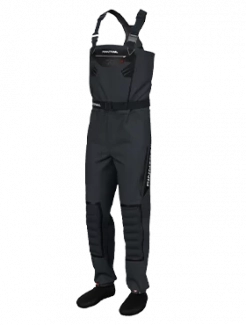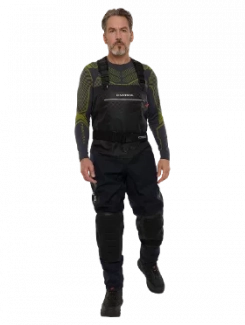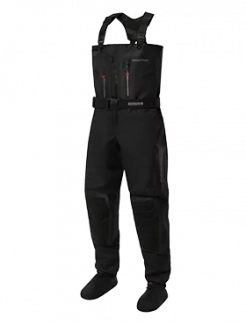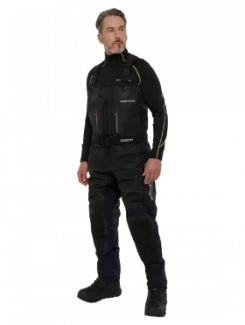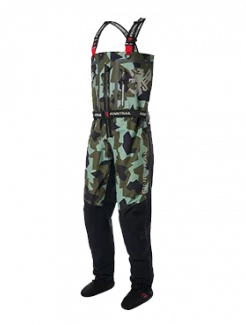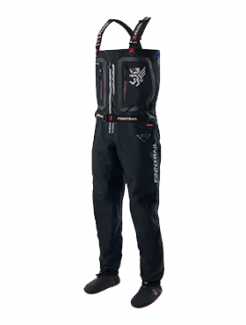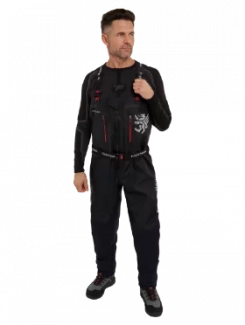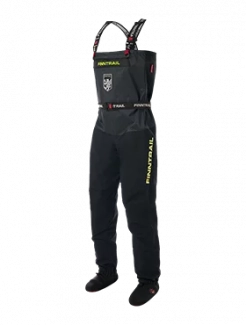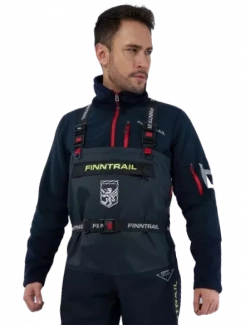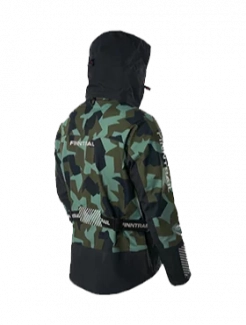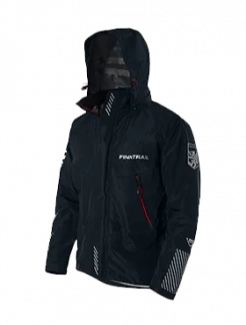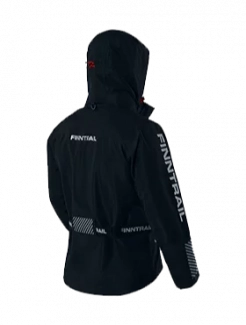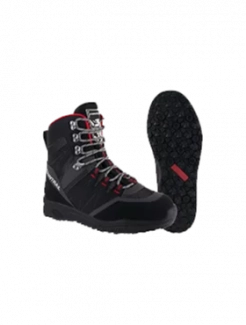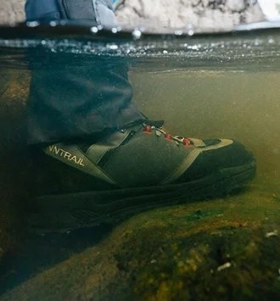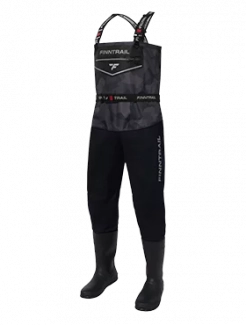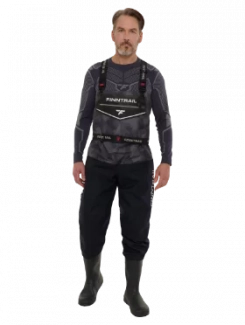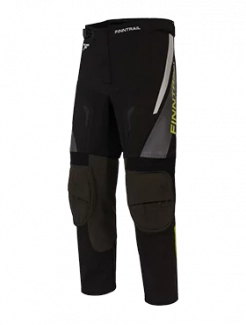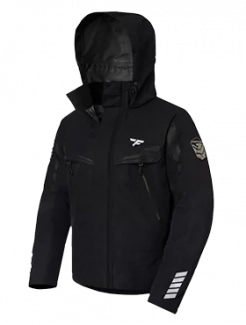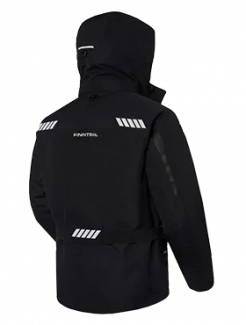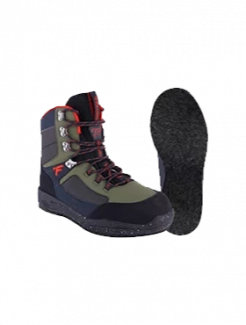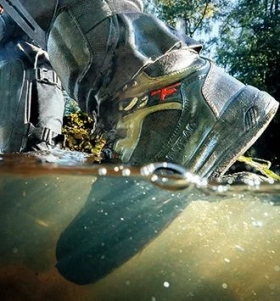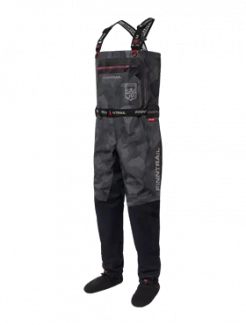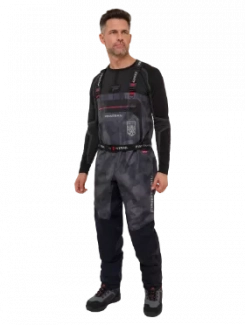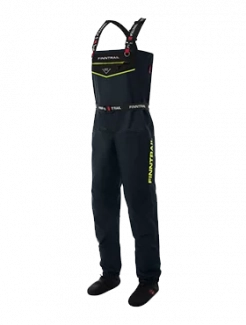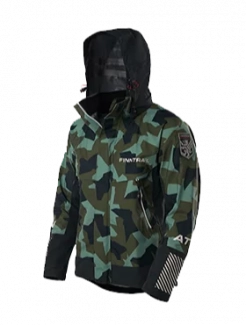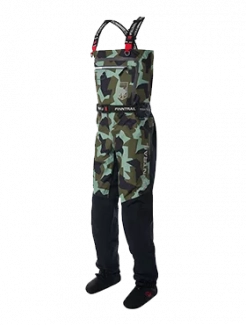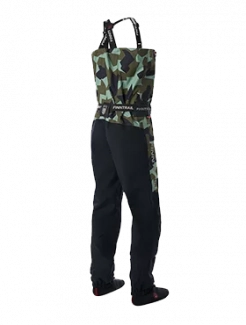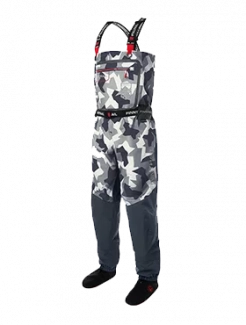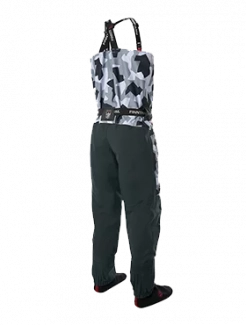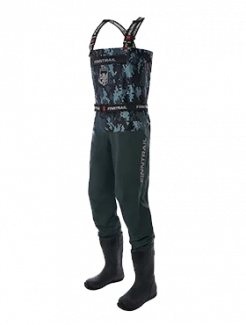Riding an ATV on the Road? Here’s What You Need to Know
ATVs are built for off-road adventure, but in Europe there are many situations where riders may find themselves needing to cross or briefly travel along public roads. Whether you’re heading to work on a farm, exploring the countryside, or moving between trail systems, understanding the road rules for ATVs is essential—not just for your safety, but also to avoid costly fines and legal issues.
From crossing a rural lane to riding on approved road sections, here’s a comprehensive look at what ATV riders across Europe should know before approaching traffic.
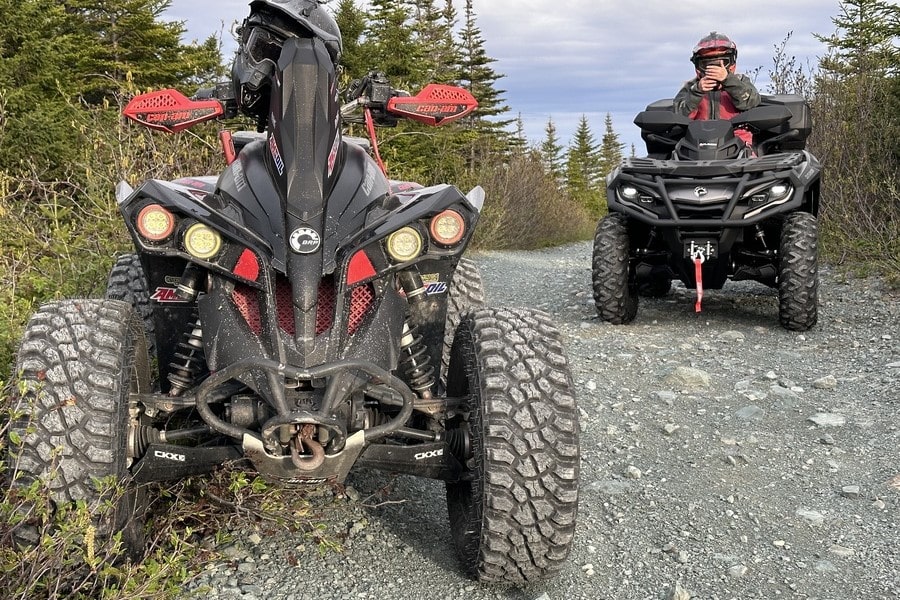
Are ATVs Road Legal in Europe?
In most European countries, ATVs—also called quads—are not automatically road legal. To be ridden on public roads, they must meet strict technical, registration, and insurance requirements. These rules vary by country and sometimes by region:
-
Many countries require ATVs to be registered, insured, and taxed as road vehicles before being used on public roads.
-
Some permit their use only for specific purposes such as agricultural, forestry, or maintenance work, often with restrictions on speed and road type.
-
A few allow recreational road use for road-approved ATVs, but these must be built or modified to meet safety standards.
-
In most cases, pure off-road ATVs without road approval must stay on private land, closed tracks, or official off-road parks.
Because regulations vary so widely, the safest option is always to check with your local transport authority, police department, or municipality before planning a ride that involves any public road.
Key ATV Road Rules in Europe
1. Road Use Restrictions
-
Road-registered ATVs only: You may only use an ATV on public roads if it is road-approved, insured, and meets EU safety standards.
-
Special permissions in rural areas: In some regions, agricultural quads are permitted on smaller local roads for work purposes, but they must be registered for that use.
-
No road use for pure off-road quads: These must remain on private property or designated trails unless being transported.
2. Crossing Public Roads
If your ATV is not road legal, you may still be allowed to cross a public road—but only under specific conditions:
-
Come to a complete stop before crossing.
-
Yield to all traffic.
-
Make sure you have a clear view in both directions.
-
In some countries, crossings must take place only at designated or signposted points.
3. Age, Licensing, and Training
-
Most countries require a valid driving licence—often category B or B1—for a road-registered ATV.
-
Minimum riding ages vary but are typically 16 or 18.
-
Some nations require additional ATV safety training, especially for agricultural or commercial use.
4. Helmet and Protective Gear
-
Many EU countries require riders to wear an ECE-approved helmet when on public roads.
-
Eye protection, gloves, boots, and abrasion-resistant clothing are recommended—and in some countries, mandatory.
5. Lights, Plates, and Equipment
To be legal on the road, an ATV may need:
-
Headlights and brake lights
-
Indicators and mirrors
-
A functioning horn
-
A clearly visible number plate (front and/or rear)
-
Road tyres that meet EU safety standards
Why These Rules Matter
Failing to follow ATV road rules can have serious consequences. Riders may face heavy fines, have their vehicle seized, or be held legally liable in the event of an accident. Insurance companies may also reject claims if the ATV was used illegally. Beyond legal and financial risks, these rules are designed to protect you and other road users—especially in areas with poor visibility, narrow roads, or higher traffic volumes.
Tips for Staying Safe and Legal in Europe
-
Check Local Laws: Rules can differ not only between countries but even between regions within the same country.
-
Use Official Crossings: Always cross public roads at approved locations.
-
Stay Visible: Lights, reflective gear, and high-visibility clothing help other drivers see you.
-
Ride Defensively: ATVs are smaller and lower than most vehicles, so always assume you’re less visible.
Final Thoughts
ATVs are designed for the trail, not the tarmac—but in Europe, there are moments when off-road and on-road riding overlap. By learning and respecting your local ATV road rules, you’ll protect yourself, avoid legal trouble, and keep your riding experience enjoyable. Whether you’re crossing a quiet rural lane, travelling to a neighbouring farm, or moving between trail sections, always ride smart, stay visible, and when possible, keep to the trail.
When in doubt, ride smart—and stay on the trail.

